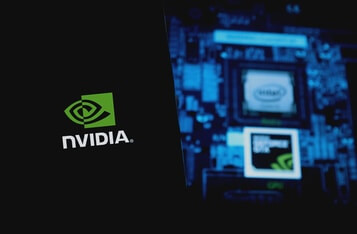FTX's Restructuring Plan: Aiming for Full Customer Repayment Without Relaunching Exchange
FTX, once a leading name in the cryptocurrency exchange world, faced a tumultuous downfall in late 2022. The company's restructuring efforts in the aftermath of its bankruptcy filing have been closely scrutinized by investors, customers, and regulatory bodies. A recent development in FTX's bankruptcy case reveals a significant shift in the company's approach towards its creditors and customers.
The primary focus of FTX's restructuring strategy, as articulated by the company's attorney Andrew Dietderich, is to fully repay the customers and creditors. This strategy marks a departure from earlier considerations of a potential relaunch of the exchange, labeled as FTX 2.0. However, Dietderich emphasized that this goal of full repayment is an objective, not a guarantee.
One of the contentious aspects of this repayment plan is the valuation method for customer assets. FTX has decided to value customer claims based on cryptocurrency prices as of November 2022, the time when FTX filed for bankruptcy. This decision has not been well-received by a portion of FTX's customer base. The primary concern is that this valuation method does not reflect the current market value of cryptocurrencies, which have seen a significant rebound since their lows in 2022. Major cryptocurrencies like Bitcoin, Ether, and Solana, which are widely held by FTX customers, have experienced substantial price increases post-November 2022.
U.S. Bankruptcy Judge John Dorsey has approved the method of valuing assets based on their November 2022 prices, aligning with the norms of U.S. bankruptcy law. This law stipulates that debts of a bankrupt entity should be tied to the date it filed for court protection. Despite customer objections, this decision stands as a legal precedent, similar to approaches adopted by other bankrupt crypto companies, including Celsius Network, BlockFi, and Voyager Digital.
FTX's restructuring advisers are now tasked with the complex process of examining millions of claims filed against the exchange. This process aims to filter out illegitimate claims and determine the exact amounts owed to each creditor and customer. The ultimate objective is to establish a clear and fair system of repayment, adhering to legal and ethical standards.
The FTX case, formally known as FTX Trading Ltd., U.S. Bankruptcy Court for the District of Delaware, No. 22-11068, is being observed as a landmark in the crypto industry. It reflects not only the volatile nature of cryptocurrency markets but also underscores the importance of robust financial and operational management in the crypto exchange industry.
The implications of this case extend beyond the immediate stakeholders. They resonate throughout the global cryptocurrency community, impacting investor confidence and regulatory discourse surrounding digital assets. The outcome of this case could set significant precedents for how cryptocurrency exchanges operate and are regulated in the future.
Image source: Shutterstock







